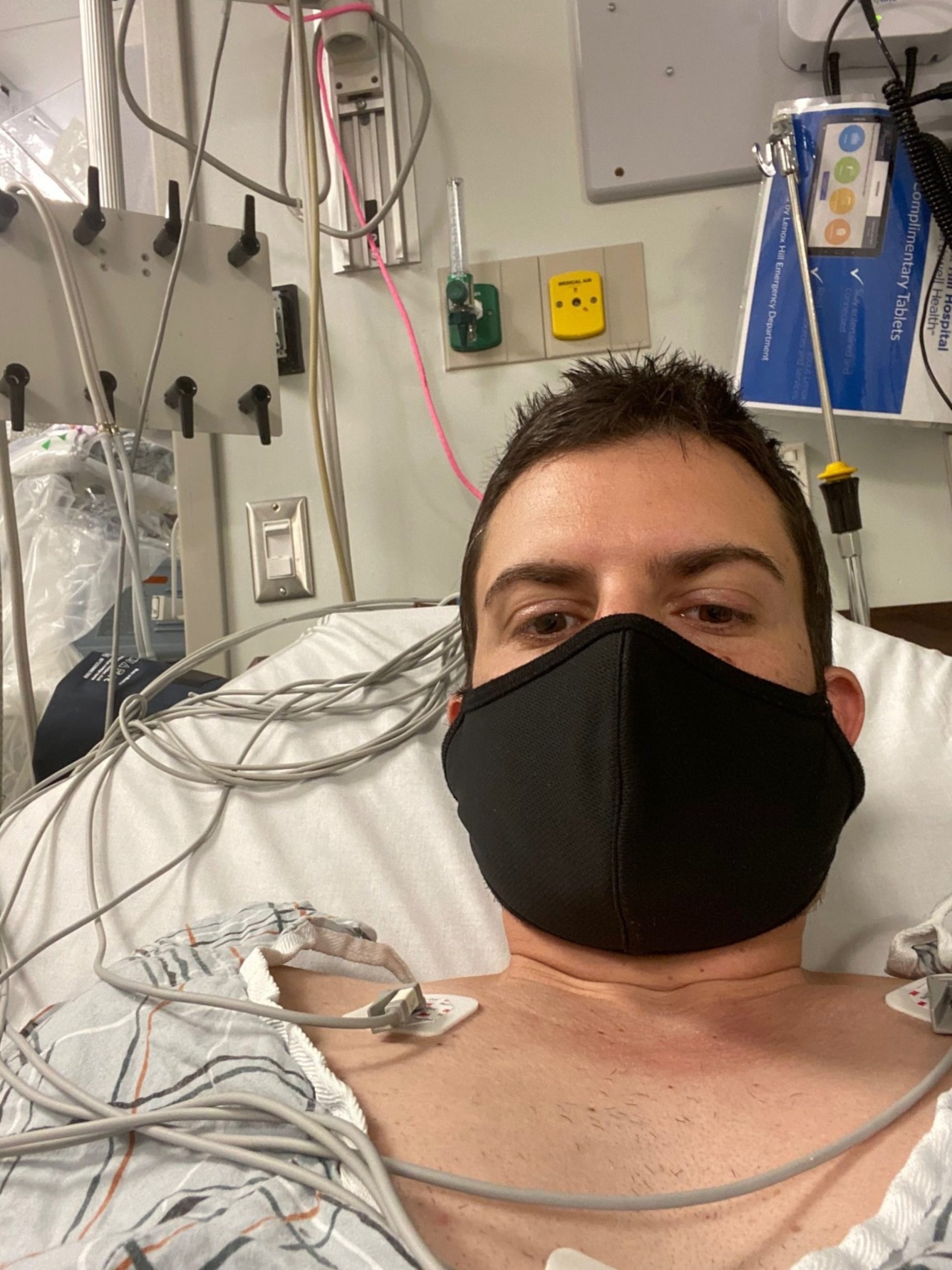Experts Suggest New FDA Powers and Resources are Necessary for the Development of Safer Eyedrops
Eyedrops are a common and essential medication used to treat various eye conditions such as dry eyes, glaucoma, and allergies. However, recent concerns have arisen regarding the safety and efficacy of these products. Experts in the field are now suggesting that the U.S. Food and Drug Administration (FDA) needs additional powers and resources to ensure the development of safer eyedrops.
The FDA plays a crucial role in regulating and approving medications, including eyedrops. However, the current regulatory framework may not be sufficient to address emerging safety concerns related to these products. Eyedrops are typically classified as over-the-counter (OTC) medications, meaning they can be purchased without a prescription. This classification allows manufacturers to bypass rigorous testing and clinical trials required for prescription drugs.
One of the primary concerns is the potential for contamination in eyedrop products. The eyes are highly sensitive organs, and any impurities or contaminants in the solution can cause severe damage or infections. Recent incidents have highlighted cases where patients experienced adverse effects due to contaminated eyedrops. These incidents underscore the need for stricter regulations and oversight by the FDA.
Experts argue that the FDA should have the authority to require manufacturers to conduct more extensive testing and clinical trials before approving new eyedrop products. Currently, manufacturers only need to demonstrate that their product is safe and effective for its intended use. However, this approach may not adequately assess potential risks associated with long-term use or interactions with other medications.
Furthermore, experts suggest that the FDA should have the power to recall eyedrop products if safety concerns arise after they have been approved and released into the market. Currently, the FDA can only request voluntary recalls from manufacturers, which may not be sufficient to protect public health in cases of serious safety issues.
To effectively regulate and ensure the development of safer eyedrops, the FDA also requires additional resources. Currently, the FDA faces resource constraints, including limited funding and staffing, which can hinder its ability to conduct thorough inspections and enforce regulations. With increased resources, the FDA can enhance its surveillance and monitoring of eyedrop manufacturers, ensuring compliance with safety standards.
Moreover, experts argue that the FDA should collaborate with other regulatory agencies and international bodies to establish global standards for eyedrop safety. This collaboration would help prevent the importation of substandard or counterfeit products from countries with less stringent regulations.
In conclusion, the development of safer eyedrops requires the FDA to have additional powers and resources. The current regulatory framework may not adequately address emerging safety concerns related to these products. By granting the FDA the authority to require more extensive testing and clinical trials, recall products if necessary, and collaborate with other regulatory bodies, the safety and efficacy of eyedrops can be significantly improved. Ultimately, these measures will protect public health and ensure that patients receive safe and effective medications for their eye conditions.



